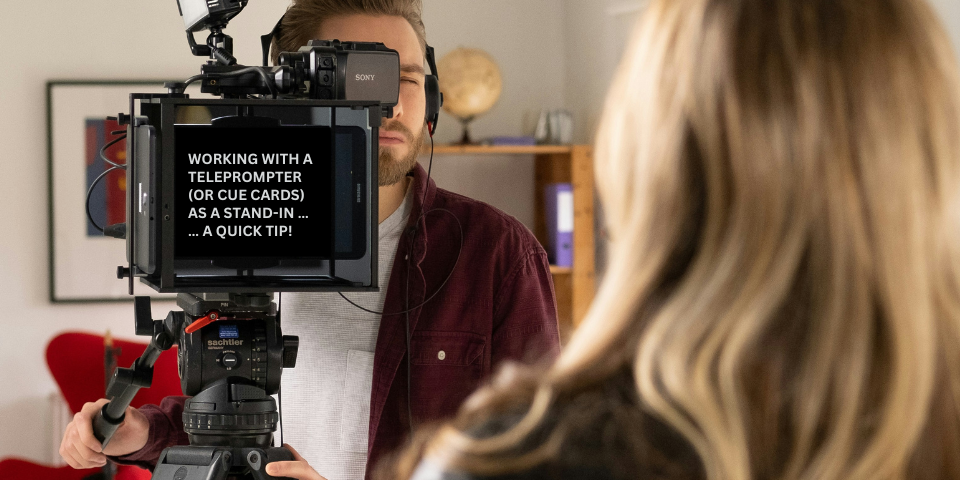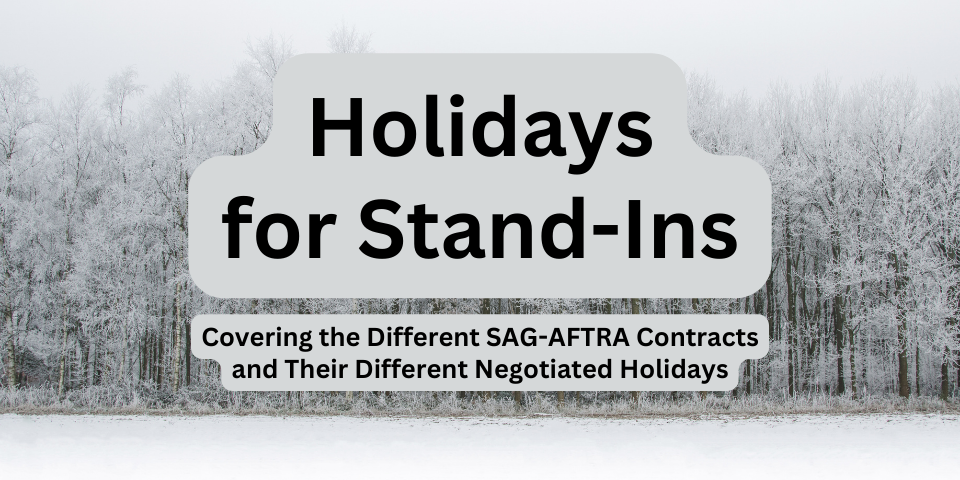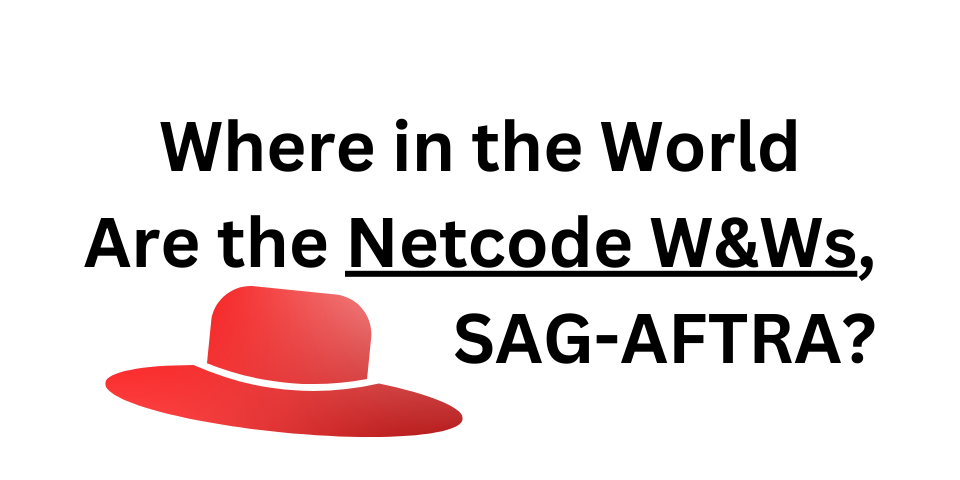If you are a SAG-AFTRA stand-in in New York, you may have known that on March 12th, the SAG-AFTRA New York Local hosted a Wages and Working Conditions Caucus specifically for stand-ins who work under the Network Television Code.
The Network Television Code — sometimes called simply “Netcode” — is the collective bargaining agreement covering SAG-AFTRA members in productions like television promos and most non-dramatic television programming, as well as soap operas, variety shows, quiz and game shows, reality television, talk shows, news programs, and sports programs.
The main agreement covered 2011-2014, and a memorandum of agreement updated elements of that agreement for the period 2014-2018. The Netcode expires on June 30, 2018. SAG-AFTRA and the producers will be negotiating before and possibly through that expiration date in the attempt to secure new contract terms.
Stand-ins under Netcode are perhaps the lowest paid professionals of all the major SAG-AFTRA contracts. They need help. Here’s some important information about what you can say and do in order to make a difference during negotiations for stand-ins under Netcode.
W&Ws
Wages and Working Conditions meetings — more commonly known as “W&Ws” — are opportunities for SAG-AFTRA members to express to other members and union officials their interests and concerns about a SAG-AFTRA contract that is up for negotiation. In theory, these meetings can have an effect on the union’s positions at the bargaining table as they face producers in the attempt to strike new contract terms.
W&Ws for different positions under Netcode are going on throughout March. If you are unable to attend a W&W (for example, because the stand-in caucas happened earlier this week!), SAG-AFTRA allows the opportunity to email in your contract recommendations. That email address is 2018networkcodewandw@sagaftra.org. Recommendations must be received by March 23rd.
So if you’ve worked as a stand-in on a Netcode job and you have some recommendations on what to bargain for, or how to improve the wage and working conditions for these stand-ins, send in an email soon!
The 2014-2018 Agreement
As the editor of Stand-In Central and a member of SAG-AFTRA, I voted against the 2014-2018 memorandum of agreement and wrote a lengthy post on Stand-In Central about that no vote. In short, looking at the proposed contract from the perspective of the stand-in, the proposed contract seemed to overlook any attempts to secure more money for stand-ins under that contract.
Despite championing a no vote on the 2014 contract, like many SAG-AFTRA contracts wherein the union promotes members to “Vote Yes,” it passed decisively, and Netcode stand-ins had to wait until 2018 to see real improvements in their wages and working conditions.
In most cases, stand-ins working under today’s Netcode contract receive $26/hour with a guaranteed 2-hour minimum. This means that most Netcode stand-ins may report for union work and only gross $52 for the day of work.
Some stand-ins even have a 1-hour guarantee under this contract, meaning they could leave with just $26 gross for the day!
Key Positioning for Netcode Stand-Ins in the 2018 Agreement
On, say, a promo, there are many professionals — crew and talent — making a respectable wage for the day. Even background performers have a daily wage under Netcode, ensuring they are paid for a minimum of 8 hours.
However, SAG-AFTRA stand-ins under Netcode are some of the lowest paid professionals working on major productions in the union. The threat of earning just $52 for a day’s work on a professional production under a union contract is real and does happen. A 3-hour day for these Netcode stand-ins only pays $78, and 4 hours pays just $104.
In New York City, where minimum wage for employers with 11 employees or more currently at $13.00/hour, these workers are paid $104/8. With a low likelihood of booking other work for the day, when stand-ins work 4 hours or less, in a way they are earning the same ($104) or less than minimum wage workers. While stand-ins are categorically not working at minimum wage (i.e., they earn twice minimum wage at $26/hour), when they work 4 hours or less, their daily gross paycheck is the same or less than that of a minimum wage worker working for 8 hours in New York City today.
To add insult to injury, background actors can work on multiple promos and earn their $97/8, plus $97 for each additional promo they work on. Stand-ins only receive the straight hourly rate. So a stand-in can work on multiple spots and be paid far less than the background actors. At that, stand-ins could work on more promos than the background actors and still earn less than the background actors for the day. (I am speaking from experience as this has happened to me twice.)
Furthermore, given how stand-ins can earn far less than background actors under Netcode, stand-ins are not compensated in line with how they are paid under other SAG-AFTRA contracts, like the Television/Theatrical Agreement or the Commercials contract. In both of those contracts, stand-ins earn more than background actors, not less. Also, stand-ins under those contracts have daily rates with a minimum of 8 hours, not hourly rates.
Improving Netcode Stand-In Compensation in the 2018 Negotiations
With the above positions in mind, SAG-AFTRA needs to renegotiate the compensation of Netcode stand-ins to:
- increase the guaranteed hours for stand-ins, in order to guarantee a daily minimum gross that is reflective of a professional worker and union member
- ensure stand-ins’ daily minimum gross is above daily minimum wage (noting that NYC minimum wage goes up to $15/hour on December 31, 2018), in order to clearly state that this union member is not a minimum wage worker
- pay stand-ins a daily minimum that exceeds the daily minimum for background actors, in order reflect the added value stand-ins provide to a production
With these demands in mind, SAG-AFTRA understandably has to make concessions in other areas. That said, because Netcode stand-ins are some of the lowest paid union positions, making concessions to their wages and working conditions would be morally problematic. Concessions should come from other parts of the contract — namely, from better funded positions like principal performers — in order to pay for the above compensation for Netcode stand-ins.
Final Thoughts
Negotiations are difficult. That said, if the union does not know the opinions and interests of its members, then it doesn’t know what to bargain for during negotiations.
If you like the above ideas and want to see better compensation for SAG-AFTRA stand-ins on Netcode productions like promos, variety shows, talk shows, and the like, I strongly recommend you to email 2018networkcodewandw@sagaftra.org by March 23, 2018.
What are your thoughts on the above positions? What else do you want to see for Netcode stand-ins? Share this article, and provide your comment below!






Leave A Comment